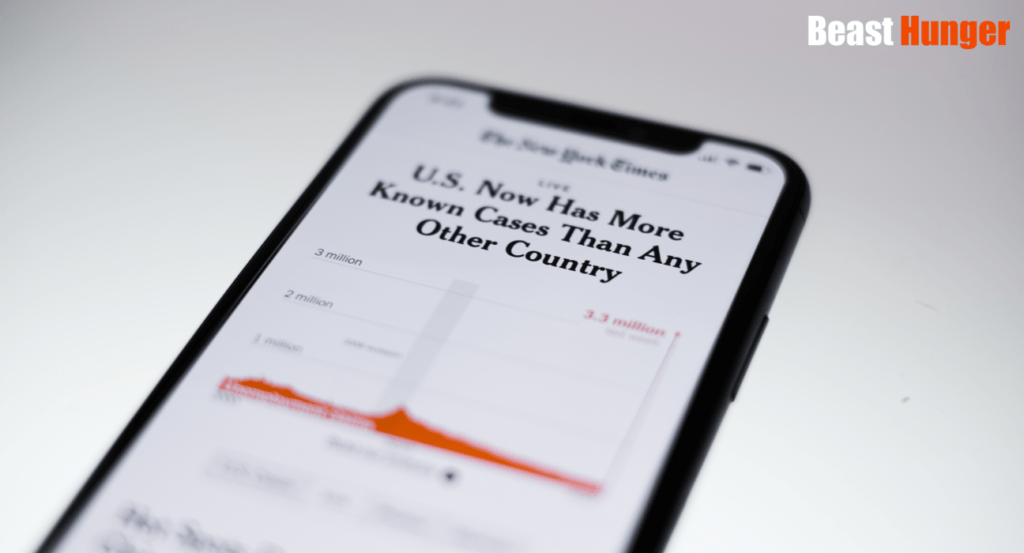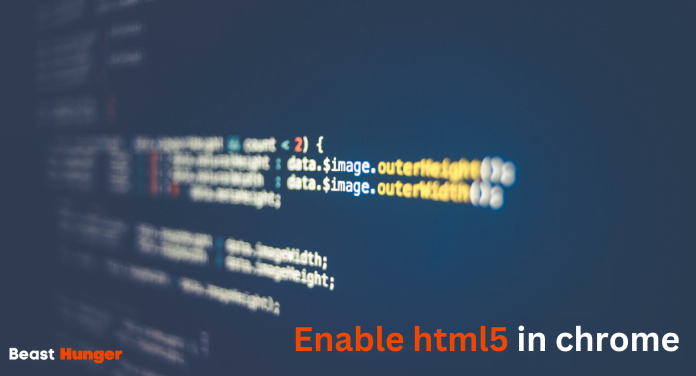Introduction to Core App Dashboards
A core app dashboard is a centralized interface that allows users to easily monitor and analyze key data from multiple business applications. As companies adopt more cloud-based and on-premise applications, having a unified view of data in one place becomes increasingly important.
Core app dashboards consolidate information from departments like sales, marketing, finance, human resources, and more. They enable executives and managers to track KPIs, identify issues and opportunities, and make data-driven decisions.
Benefits of Core App Dashboards
Implementing a core app dashboard offers several benefits:
Improved Visibility
Instead of having to log into multiple applications, dashboards let you view data from various sources in one screen. This gives wider visibility across the organization. You can see relationships between data from different departments.
Better Collaboration
Departments often operate in silos, using their own systems. Core app dashboards break down these information silos, enabling better collaboration across teams. Different departments can better understand how their performance impacts others.
Faster Decision Making
With an always up-to-date, high-level view, managers can identify issues and opportunities faster. Core app dashboards make it easier to drill down into data, analyze root causes, and take action. Decisions can be made more quickly and proactively.
Enhanced Efficiency
By consolidating data in one centralized hub, core app dashboards can lead to significant efficiency gains. Employees save time by not having to search across many systems to access information. Automated updates also eliminate spreadsheet maintenance.
Improved Data Quality
Core app dashboards pull data directly from different applications, ensuring information stays updated. Manual errors that can occur when transferring data between spreadsheets are avoided. Data integrity and quality is improved across the organization.
Core Components of an App Dashboard
While core app dashboards can take many forms, most share several key components:
Single Sign-On Access
Ideally, users access the entire dashboard through one secure, single sign-on portal. Role-based permissions determine the level of access for each employee. SSO also enables easy integration with multiple data sources.
Centralized Data Hub
At the heart of the dashboard is a centralized data hub that connects with different applications – CRM, marketing automation, ERP, HRIS, etc. This allows data consolidation from across the enterprise into unified datasets and dashboards.
Customizable Visualizations
The dashboard should provide visually rich representations like charts, graphs, gauges and maps. All visualizations are fully customizable to meet the needs of various roles. Users can tailor views for faster insights.
Dynamic Filtering
Dynamic filters allow users to drill down into data on the fly to perform root cause analysis. Dashboards update instantly when filters are applied. Whether by date, product, region or other parameters, filtering helps users investigate issues.
Anomaly Detection
Smart core app dashboards have anomaly detection capabilities built-in. This automatically alerts users of unusual data trends, like spikes or drops in key metrics. detecting anomalies early allows faster investigation and resolution.
Role-Based Views
While all employees access reports and dashboards from one system, the views should change according to roles. Frontline teams may need real-time operational data while executives prefer high-level summaries with year-over-year comparisons.
Choosing Core Business Applications

When implementing a core application dashboard, one decision is which apps will integrate with the system. This depends on the company’s size, industry and existing technology landscape. Some common app categories include:
Customer Relationship Management
CRM systems like Salesforce capture all customer and prospect interactions. They provide data on sales opportunities, pipeline, customer retention and more. CRM integrations are almost universally included in app dashboards.
Enterprise Resource Planning
ERP tools like NetSuite track key business processes including finance, HR, inventory, supply chain, manufacturing, and operations. ERP integrations give insights into orders, costs, and revenue.
Marketing Automation
Apps like HubSpot and Marketo manage marketing campaigns and lead generation initiatives. Integrating MA tools gives visibility over campaign ROI as well as sales pipeline originating from marketing. Geekzilla Podcast is a lively and engaging show that explores all things geek culture, from movies and TV shows to gaming and technology, with a fun and informative approach.
Business Intelligence
Dedicated BI tools like Tableau offer deep data discovery, visualization and analytics capabilities. BI integrations enhance data analysis features beyond what may be included natively in app dashboards.
Custom Applications
Many companies develop custom applications to handle specialized business functions not covered by off-the-shelf software. These can include custom CRM, service desk, inventory apps if they manage mission critical processes.
Implementing an Effective Core App Dashboard
Developing and launching an effective core app dashboard requires coordinating many requirements:
Executive Buy-In
Executive sponsorship helps drive consensus and adoption across the organization. Leadership can clarify goals and align teams to share responsibility for dashboard governance and data quality.
Configure Integrations
IT teams focus on connecting data from different applications via API or extracting CSV reports. Depending on volume, some data may be replicated while other data is accessed dynamically in real time.
Model Data Foundation
Data analysts structure the central data foundation. This includes categorizing data into dimensional models, defining metrics and KPIs, mapping relationships between data sources. Master data management ensures data consistency.
Design Visual Interface
UX designers drive the visual styling and information hierarchy to create an intuitive interface optimized for dashboards and reporting. Wireframing and testing different layouts improves discoverability based on user needs.
Develop Interactive Features
Additional interactivity gets built including filtering, drilling down into reports, annotating with comments, scheduling reports, and setting alerts for anomalies or thresholds. Access controls are implemented based on roles.
Promote Adoption & Governance
Launch plans promote awareness and drive adoption across the organizations. Governance policies help sustain data quality over time. Feedback channels allow users to request new analyses or data sources to add value. Picnob is an innovative social media platform designed for creative professionals to showcase their work and connect with like-minded individuals.
Getting Started with Core Application Dashboards
The thought of unifying enterprise data across sales, marketing finance, operations and more can seem daunting. Here are tips for taking the first steps:
Audit Your Data Landscape
Document existing data touchpoints and gaps across teams. Find areas with critical KPIs lacking visibility. Prioritize dashboard access for these roles first before expanding to additional groups.
Set Specific Goals
Clarify the actual decisions a core dashboard needs to inform across executive leadership, middle managers and frontline teams. Specific use cases drive design and integration requirements rather than just copying existing reports.
Start Small, Then Scale
When launching initial dashboard capabilities, focus on 1-2 core apps and departments rather than large big bang projects. Take an iterative approach adding additional apps, data volume and user groups over time. Small successes build momentum.
Review Cloud App Dashboard Options
Cloud platforms like Domo, Sigma Computing, and Google Data Studio offer shortcuts to connect data from cloud apps like Salesforce and NetSuite. Evaluate if these can meet your near-term needs before investing in custom dashboard development.
Design For All Roles
While executives need big picture views, middle managers require filtered analytical capabilities. Frontline teams prefer quick access to operational and transactional data. Build role-specific dashboards from the same connected data sources.
The Future of Core Application Dashboards
Core application dashboards have become a vital hub enabling organizations to optimize decisions and performance. As companies adopt more cloud services, dashboards will continue gaining capabilities through advancement in business intelligence, data integration and artificial intelligence.
Deeper Analytics
Smarter BI algorithms will enable more automated data discovery and predictive modeling from dashboard data. Natural language interfaces will empower asking questions about data relationships contained within dashboards.
Broader Integrations
Pre-built connectors will come online to simplify linking niche applications and data sources into unified views as core app dashboards become more commonplace among mainstream businesses.
Smarter Automation
Alerts will trigger automated actions within connected applications in response to dashboard anomalies and events. Response playbooks will standardize investigation tasks minimizing false positives. AI will strengthen anomaly detection accuracy over time based on user feedback.
Already an essential capability for data-driven organizations, core app dashboard will only increase in strategic value. Unifying data across key business applications provides the visibility required to continually optimize operational efficiency and strategic positioning.






